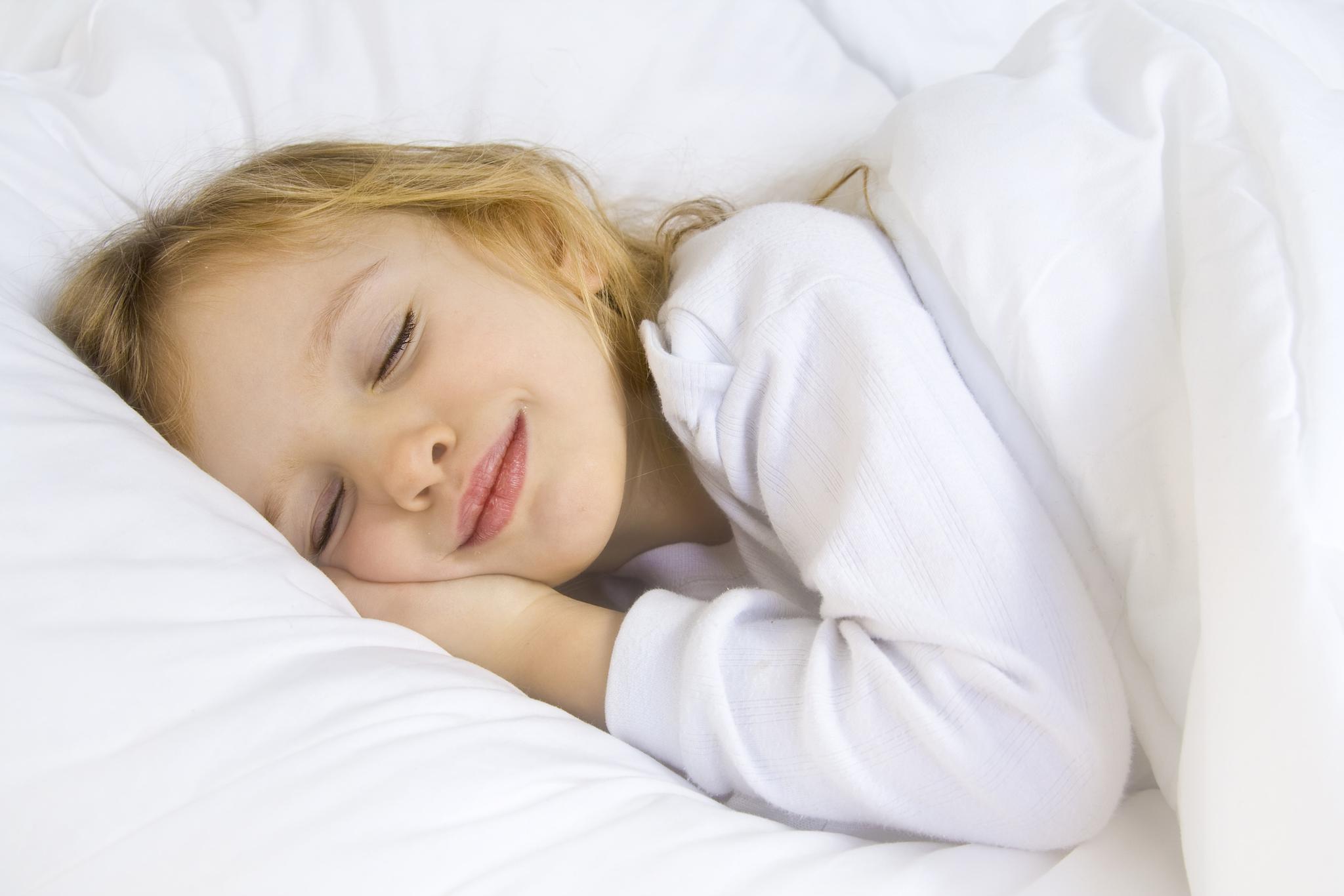While children are awake, parents are vigilant about keeping them safe, from holding hands while crossing the street to applying (and reapplying!) sunscreen. But it’s just as important to keep kids safe while they slumber—after all, children can sleep 12 hours or more a night, which means they spend about half their time in the bedroom.
As children grow and mature, their lungs, skin and digestive systems are especially prone to the airborne allergens that lurk in most modern bedrooms, like dust mites, pollen, mold, mildew, bacteria, viruses and Volatile Organic Compounds (VOCs). Establishing a healthy sleep environment that’s free of hazardous toxins is critical to improve sleep, reduce chemical sensitivities, enhance a child’s overall physical development and keep childhood allergies at bay.
Create a chemical-free kid’s room that’s as safe as it is peaceful by following these 10 steps.
1. Rest assured: Unlike conventional mattresses, organic mattresses are crafted using non-toxic and natural materials. Available at various price points, they can be found in sizes that are just right for each stage of childhood:
• Baby: like the completely waterproof No-Compromise™ Organic Crib Mattress by naturepedic;
• Toddler: like the Toddler Mattress by Pure Rest Organics, with organic cotton and natural wool;
• Pre-schooler, grade-schooler and teen: a big-girl or big-boy twin or full bed, like The Grow with Me Sleep System from Suite Sleep’s Little Lamb Organics line, which starts with a latex mattress and grows with two different toppers that add plushness and comfort as needed; and
• Young adult: an XL twin mattress topper for the dorm room, like the Classic 1000 Wool Mattress Topper by Naturally Organic, which rests between the fitted sheet and the mattress for extra comfort and protection.
Tip: Once old enough to voice an opinion, have a child pick his or her own mattress or topper—their preference (for soft or firm, etc.), may be very different from Mom and Dad’s preferences.
2. Talk the (pillow) talk: A standard-size pillow is not made for a child, and could cause neck and back discomfort for the littlest members of the family. Instead, choose a child-size pillow like the Organic Rubber Children’s Pillow by Naturally Organic—it’s chemical-free, comfy and sized for kids.
Tip: Look for a kid’s pillow with a removable and machine-washable cover.
3. Wrap up in organic bedding: Organic and all-natural bedding is made from soft, gentle and breathable fibers, with materials raised and processed without chemicals. In addition, organic blankets and pure wool comforters are warm and cozy without the risk of overheating.
Tip: According to the Mayo Clinic, bedding should be washed often in hot water.
4. Cuddle up with organic toys: Teddy bears and a menagerie of other stuffed creatures may be clutter to parents, but they are cherished loved ones to kids, spending time in the bedroom and the bed itself, often snuggled in a child’s arms. Minimize exposure to toxins by providing children with cute and cuddly organic toys, like the Under the Nile Veggie Crate.
Tip: Look for plush toys that are machine-washable, and launder them in hot water every few weeks.
5. Get green furniture: Available in a range of styles, eco-friendly bedroom furniture—like a bed frame, side tables and dresser—is usually crafted from sustainable, solid wood, without worry of off-gassing harmful chemicals.
Tip: Whenever possible, purchase furniture made in the U.S., and as local as possible.
6. Remove old carpeting: Carpets are a breeding ground for allergens like dust mites. Replace old carpeting with hypoallergenic cork, ceramic tile or wood flooring that’s not treated with a toxic finish.
Tip: Scatter rugs like the Under the Nile Organic Cotton Throw Rug provide that comfy, cozy feeling underfoot, while allowing for easier, machine-washable care.
7. Replace treated draperies or shades: Invest in untreated wood blinds, fabric shades or window treatments made with organic fibers.
Tip: Make sure you clean blinds or shades with eco-friendly products, or invest in window treatments that can be easily laundered.
8. Avoid VOCs: It’s easier than ever to find non-VOC paints and products; they won’t off-gas, yet they still provide the desired look.
Tip: The only doctor-recommended paint on the market, AFM SafeCoat supplies sustainable, non-polluting paints, stains, wood finishes and sealants.
9. Keep the air clean: The U.S. Environmental Protection Agency (EPA) warns that “the air within homes and other buildings can be more seriously polluted than the outdoor air in even the largest and most industrialized cities”. Clean indoor air with an air purifier.
Tip: Purifiers that use HEPA filtration, like Baby’s Breath by Austin Air (available in pink or blue!), eliminate 99.97% of all particles three microns in size or larger, making a noticeable and immediate difference.
10. Keep the air fresh: In addition to cleaning indoor air, The National Lung Association and the EPA also recommend recycling the air by opening windows regularly; installing a window guard also stops dirt particles, dust and pollen from entering the bedroom.
Tip: An unmade bed allows the bedding to air out and breathe—so consider this permission for a child not to make the bed every day.
Christine Chamberlin is co-founder and co-owner of The Clean Bedroom, the country’s premier resource for allergy-free, eco-friendly mattresses, bedding and accessories. Celebrating its 10th anniversary later this year, The Clean Bedroom has sleep showrooms in Portland, ME, Kittery, ME, Greenwich, CT, Wellesley, MA, New York, NY, Santa Monica, CA and Austin, TX, where customers can test-drive (or test-nap!) an organic mattress for every bedroom, from Master and nursery through guest room and dorm room. Online, on the phone and in each showroom, the company’s trained organic mattress specialists help match customers with their ideal mattress, without pressure or marketing hype. For more information, visit: thecleanbedroom.com or call 207-438-9778.
